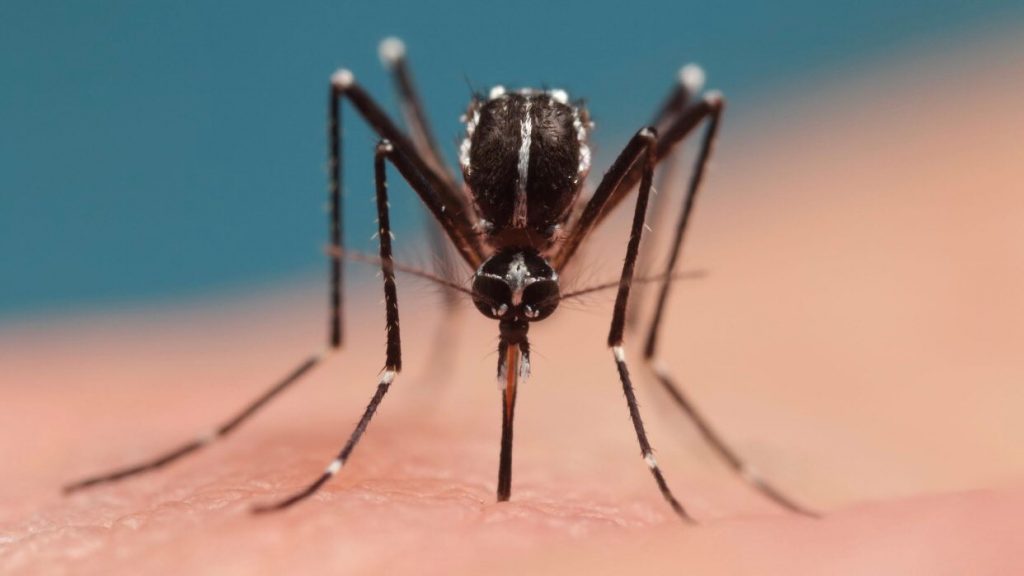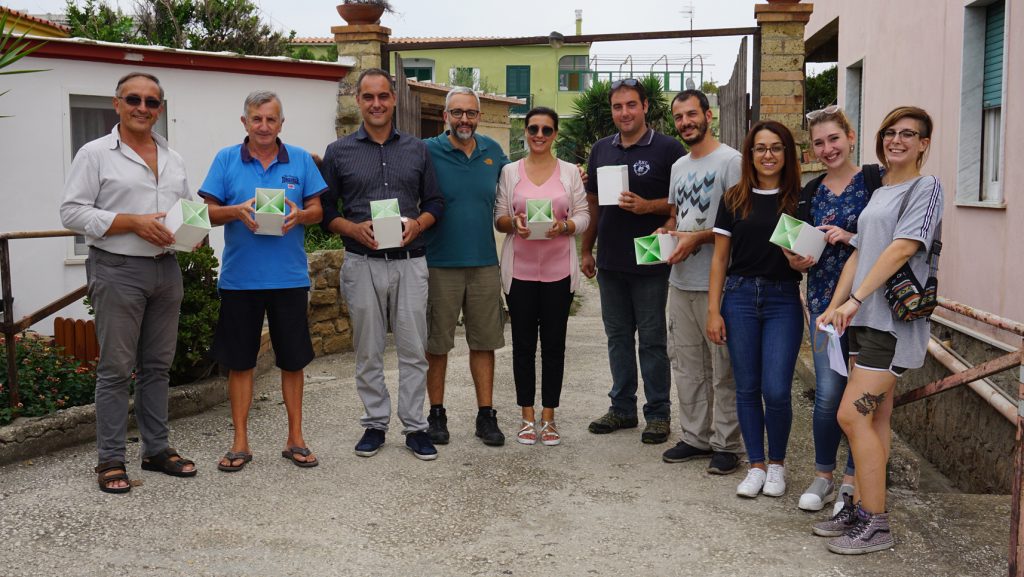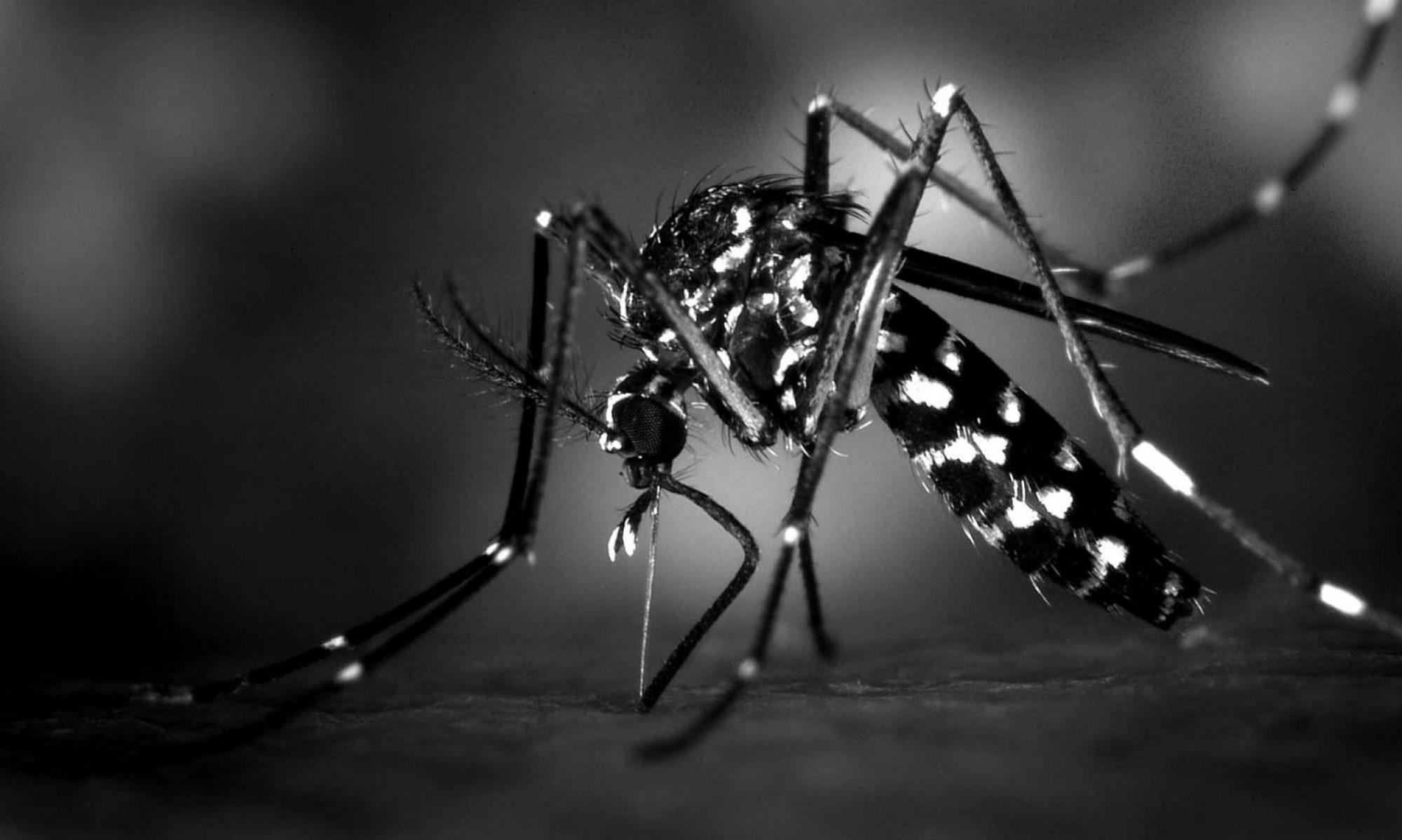Briefly
Invasive mosquitoes of the genus Aedes are a serious problem for public health worldwide as vectors of numerous diseases of viral and non-viral origin. Coming from the area of Southeast Asia, they have now spread to all continents thanks to global trade and man-made transport.
The STOPTIGRE project has been taking place on the island of Procida since 2015 and has the ambitious goal of achieving an eco-sustainable eradication of the alien species Aedes albopictus, the Asian tiger mosquito, vector of several arboviruses.
The project also aims to contribute to the development of new ways of involving citizens in research activities through Citizen-science and community engagement actions, and to develop new tools, more accessible to the general public, for communicating scientific data.
The island of Procida has unique characteristics for the purposes of the project that could allow to arrive, in a relatively short time, to one of the first areas in the world “tiger mosquito-free” thanks to “green” and participatory approaches.

The Asian tiger mosquito Aedes albopictus
Insect vectors of diseases for humans are an important riskfactor for public health and for the development of the territory. Among the many species of health interest, the Asian tiger mosquito Aedes albopictus has a role of particular importance for its ability to transmit serious viral. In Europe this species has been involved, in the last twenty years, in many events of autochthonous transmission of the Chikungunya virus (Italy and France), the Dengue virus (Spain, Croatia and France) and, more recently, the Zika virus (France). This invasive exotic species arrived in Campania around the year 2000, due to climate change and globalization, and is now present in all coastal areas and on the three Phlegraean islands. According to recent predictions, the Asian tiger mosquito and the Chikungunya virus could cause new pandemic events in the coming years, also affecting the Mediterranean area1. This risk could have an obvious impact on the economy of territories with a strong tourist vocation such as those of the coastal areas of our region. In addition to the health risk, the extremely aggressive nature of the tiger mosquito and the high number of individuals that can develop during the summer season in areas without any active control, make this insect today a significant problem of nuisance, also able to induce limitations in outdoor activities.

The sterile insect technique
The fight against insects harmful to humans, including mosquitoes, has been fought to date mainly through the use of chemical pesticides. The negative impact that these substances have on the environment and human health, the problem of the development of resistance to pesticides by local mosquito populations and the absence to date of vaccines against the viruses transmitted by mosquitos make the development of “green” and sustainable control practices an urgent priority, as the WHO recently pointed out2.

A valid alternative to pesticides for the control of insect pests is represented by the sterile insect technique or SIT. The SIT is an eco-sustainable method that is based on the release into the field of a large number of sterile male insects of the only species that is intended to fight which, competing with the males present in nature for mating with the females, lead to a progressive reduction in the number of new individuals born, allowing to arrive, under appropriate conditions, also at eradication. This technique was tested for the first time in Europe on the island of Procida, against the Mediterranean fruit fly Ceratitis capitata, a terrible agricultural pest widespread all over the world, and applied for the first time against the Asian tiger mosquito by Dr. Romeo Bellini of the “G. Nicoli” Agriculture and Environment Center of Crevalcore, a European center of excellence for its application.
To date, more than thirty pilot studies of SIT against mosquitoes of the genus Aedes are underway all over the world. For the success of these trials are considered essential premises: 1) the selection of an appropriate and, possibly geographically isolated, study site, 2) the collection of preliminary data on the bionomics of local populations and 3) the active involvement of the local community 3, 4.
Citizen-science and the third mission
In 1989, on the pages of the American magazine MIT Technology Review, the term “Citizen-science” made its first appearance. The journal of the famous American research institution told in a short article of the initiative launched by the Audubon Society which, through the active involvement of volunteers scattered throughout the country, produced a map of acid rain levels on American territory, difficult to achieve otherwise. Since that day the active participation of citizens in study and research projects has increased enormously, with actions carried out in fields ranging from astronomy to the monitoring of invasive species, also becoming a key tool for the full achievement and monitoring of the United Nations Sustainable Development Goals.
The third mission refers to the set of activities with which universities enter into direct interaction with society, alongside the teaching (first mission) and research (second mission) missions.
The intuition behind the third mission dates back to Prof. Clark Kerr, professor of Industrial Relations at Berkeley and rector of the University of California who, in 1963, used the term “Multiversity” (and not Uni) to indicate structural change
that awaited the Universities: compared to a socio-economic context in profound innovation and change, according to Kerr the Universities should no longer have remained protected by a shell of value, wealth and institutional tradition. On the contrary, the University should have mixed with society, come into contact with the territory to generate new forms of engagement.
The mandate of the third mission is therefore to spread culture and knowledge and to transfer the results of research outside the academic context, contributing to the social growth and cultural direction of the territory. In this perspective, Citizen-science initiatives can play a very important role as they allow a direct interaction between researchers and citizens. This offers not only researchers the opportunity to spread their skills and knowledge but also to strengthen the relationship of trust between society and the scientific community, which is essential today to promote the transformation and sustainable growth of our society.


